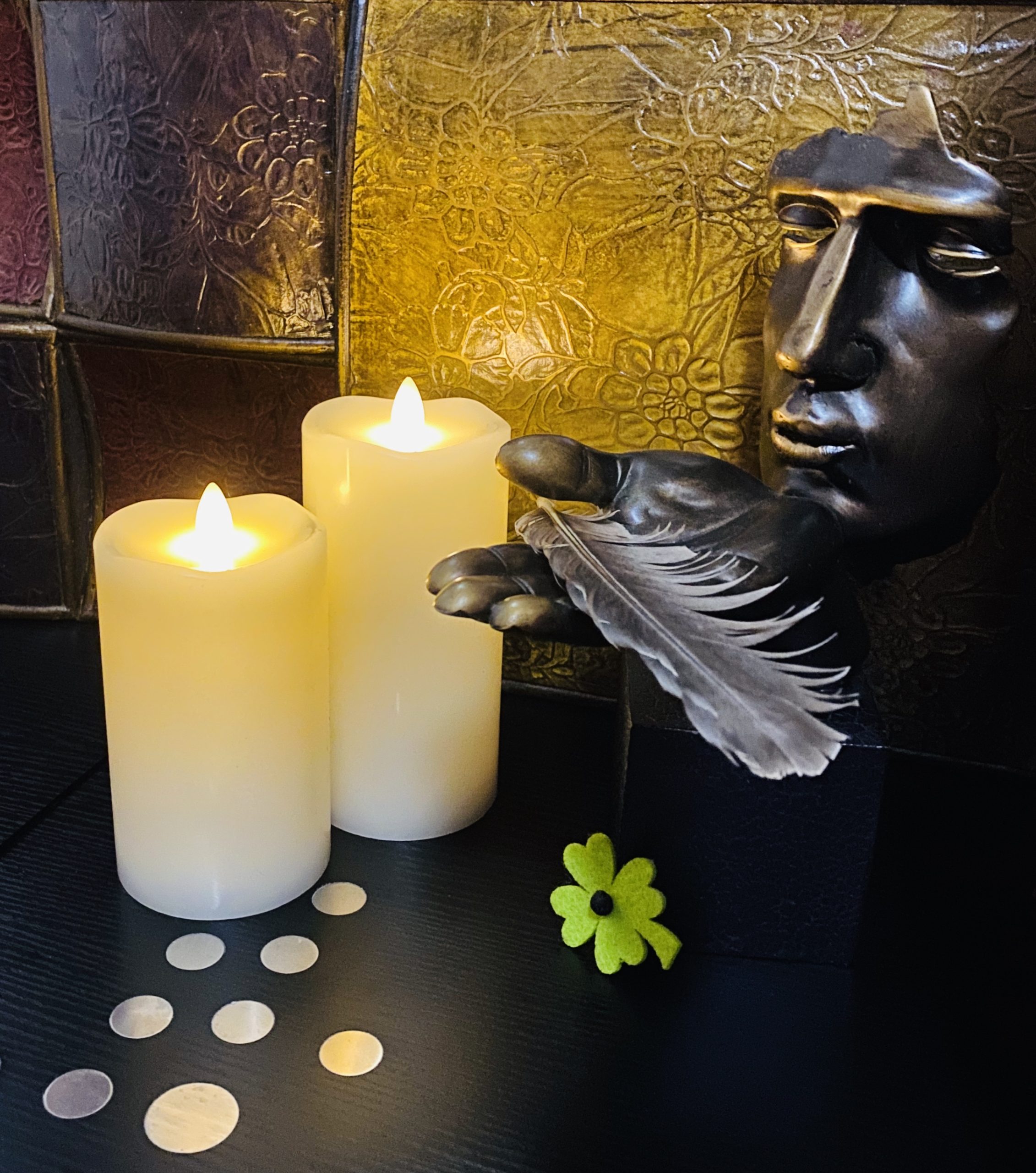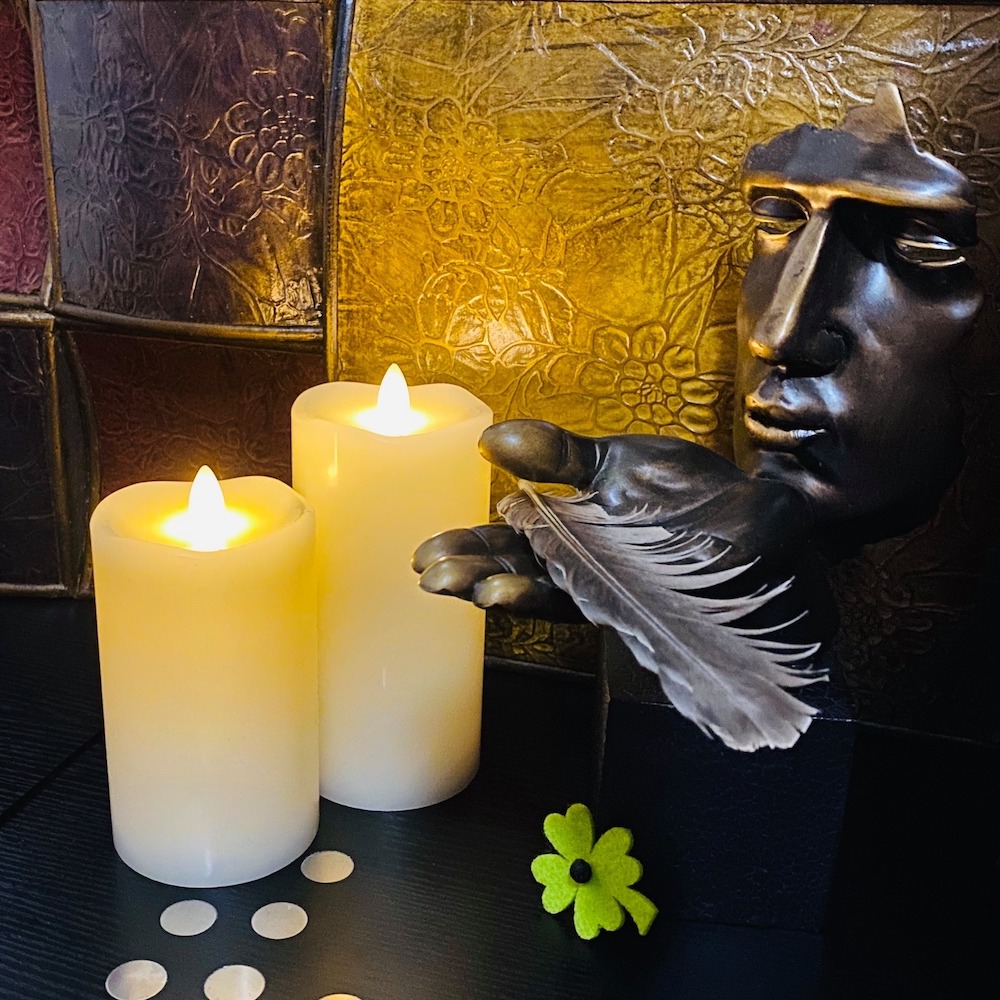Many find the apostrophe to be tricky. For me, it’s among my favorite punctuation characters.
The correct use of the apostrophe is important if you want your text to make a good impression. Sometimes, a powerful message may be completely missed or disregarded if the source is not deemed credible due to poor use of basic punctuation marks, like the apostrophe. Its misuse can be a big turnoff for the reader, and it can have costly consequences. Entire works can be ignored or dismissed if, for example, an apostrophe is misused, say, in the very title. This article is meant to help clear up some of the confusion. It’s important that I mention I used TheChicago Manual of Style (CMoS) as my referral source.
Historical fun fact (Wikipedia): In imitation of French practice, the apostrophe was introduced to the English language in the sixteenth century. It was first used in 1496 in De Aetna by Pietro Bembo.
Although three uses of the apostrophe are generally accepted, there are only two major ones—the ones I will talk about in this article. Its third use—forming the plural of certain expressions—is extremely rare, and the instances where an apostrophe may be used this way are very uncommon. The only time an apostrophe is used to create plurals is in the case of lowercase letters in order to avoid ambiguity (example: p’s and q’s). This would be the only time it is ever used this way. Normally, the plurals of single letters are formed by simply adding an s (example: the three As). The exception comes when the letters are lowercase.
Note: Published works use directional (or “smart”) apostrophes. In most typefaces, this mark appears as a raised (but not inverted) comma. The apostrophe is the same character as the right single quotation mark (’). Due to the limitations of conventional keyboards and many software programs, the apostrophe has been and continues to be one of the most abused marks in punctuation. There are two common pitfalls: using the “default” unidirectional mark (‘) or using the left single quotation mark (‘). The latter usage in particular is always an error. Some software programs automatically turn a typed apostrophe at the beginning of a word into a left single quotation mark, and authors and editors need to be vigilant and effective in overriding such automation in order to produce the correct punctuation mark. Typesetters also need to be careful not to introduce errors of their own. It’s always a good idea to consult your software’s help documentation or special characters menu.
The two main uses of the apostrophe are indicating possession and indicating contraction/omission.
INDICATING POSSESSION
The possessive form of singular nouns is formed by adding an apostrophe and an s. The possessive form of plural nouns is formed by adding an apostrophe only, with the exception of a few irregular plurals that do not end in s and that are shown in the table below.
|
Singular possessive |
Plural possessive |
Irregular plural possessive |
|
boy’s toy truck |
babies’ needs |
children’s literature |
|
dog’s paws |
bikers’ convention |
men’s clothes |
|
girl’s dress |
experts’ opinions |
people’s choice |
|
man’s best friend |
students’ classroom |
women’s accessories |
The Possessive Form of Proper Nouns
|
Singular possessive (proper nouns) |
Plural possessive (proper nouns) |
|
Sam’s notebook |
The Joneses’ house |
|
Mr. Jones’s driveway |
The Browns’ address |
|
Dickens’s work |
The Ruizes’ son |
|
Kansas’s territory |
The Fitzwilliamses’ property |
I will also go over the possessive forms of some basic elements:
- abbreviations and numbers
- nouns ending in an s in both their plural and singular forms
- joint and separate possession
- compound possessive
Abbreviations and Numbers
The possessive forms of abbreviations and numbers are formed by adding an apostrophe and an s.
Examples: NASA’s policies, IHOP’s pancakes, Petco Supply Chains Inc.’s procedures, Apollo 13’s mission
Note: Avoid trying to form the possessive of abbreviations or acronyms that are followed by their spelled-out form in parantheses, and vice versa. Try to reconstruct the sentence or expression using of.
Example: according to the regulations of the Freedom of Information Act (FOIA) not according to the Freedom of Information Act’s (FOIA’s) regulations
Nouns Ending in an S in Both Their Singular and Plural Forms
When a noun ends in an s in both its plural and singular forms, the possessives of both its singular and its plural forms are formed by adding an apostrophe only. If ambiguity is possible, use of to avoid it.
Examples: economics’ principles, species’ location (better: the location of the species), United States’ constitution
Joint and Separate Possession
Also, be mindful of the use of apostrophes to express joint and separate possession. When the thing that is being “possessed” is the same for both elements, only the second element takes the possessive form, but when that thing is different (or discreet) for each element, both elements take the possessive form.
Examples: Mom and Dad’s house, my aunt and uncle’s car but Mom’s and Dad’s medical histories, Aunt’s and Uncle’s pictures
Compound Possessives
In compound nouns and noun phrases, the final element usually takes the possessive form, even in the plural form.
Examples: the student teacher’s lesson plan, my brother-in-law’s career, her sons-in-law’s careers
INDICATING CONTRACTION/OMISSION
An apostrophe can also replace omitted letters. Irregular contractions, like won’t and ain’t, don’t fall into this category. Also, colloquialisms, such as gonna and wanna, don’t take an apostrophe. Searching Webster’s is always recommended first. It lists many common contractions, along with their alternative spellings, and, where appropriate, their plurals.
Examples: talkin’, dancin’, gov’t, rock ’n’ roll
Note: Remember, an apostrophe is the equivalent of a right single quotation mark (’).
The apostrophe is truly one of my favorite punctuation marks. This is probably because it is misused or abused so often. I hope this article clears up some of the confusion associated with its use.
To Your Success!



